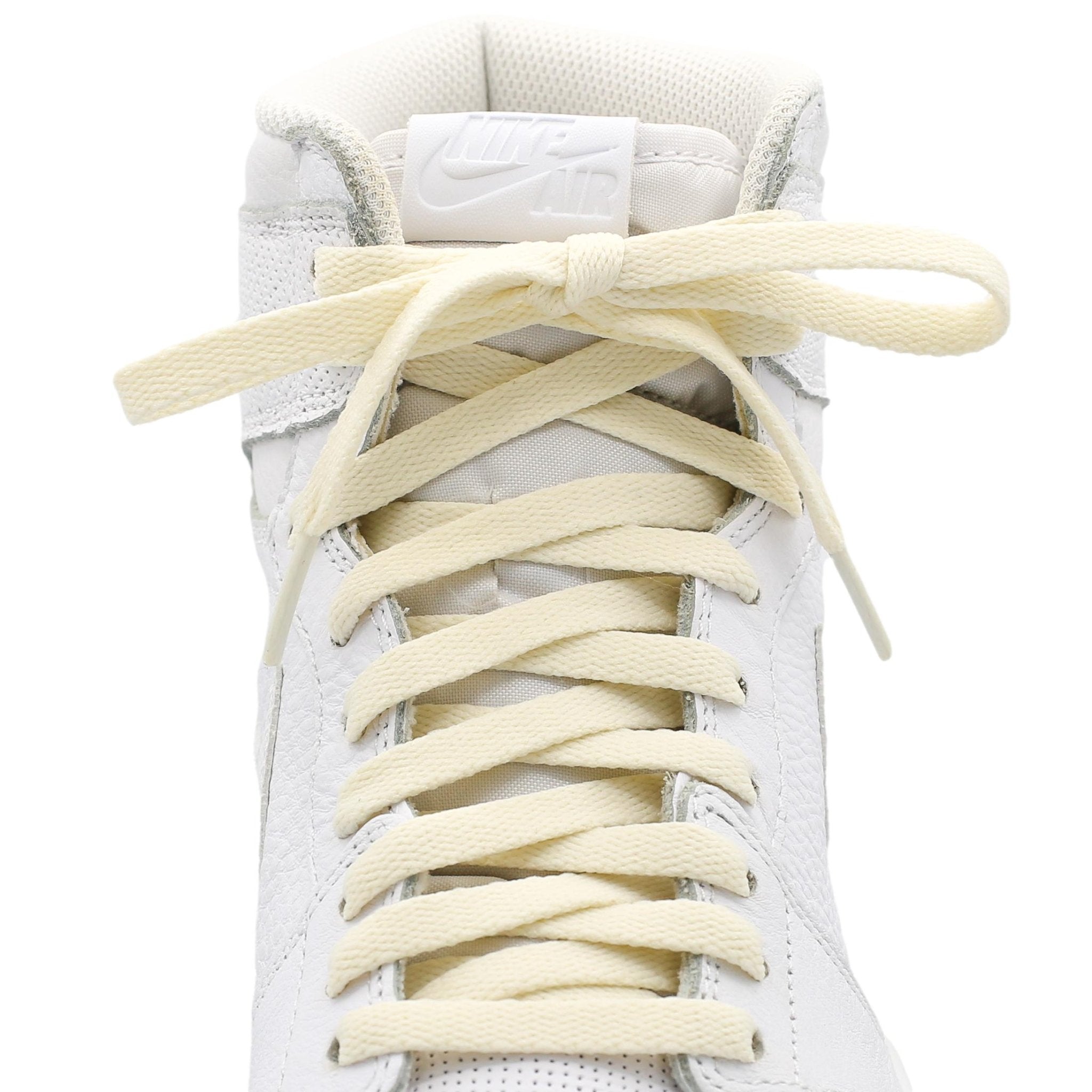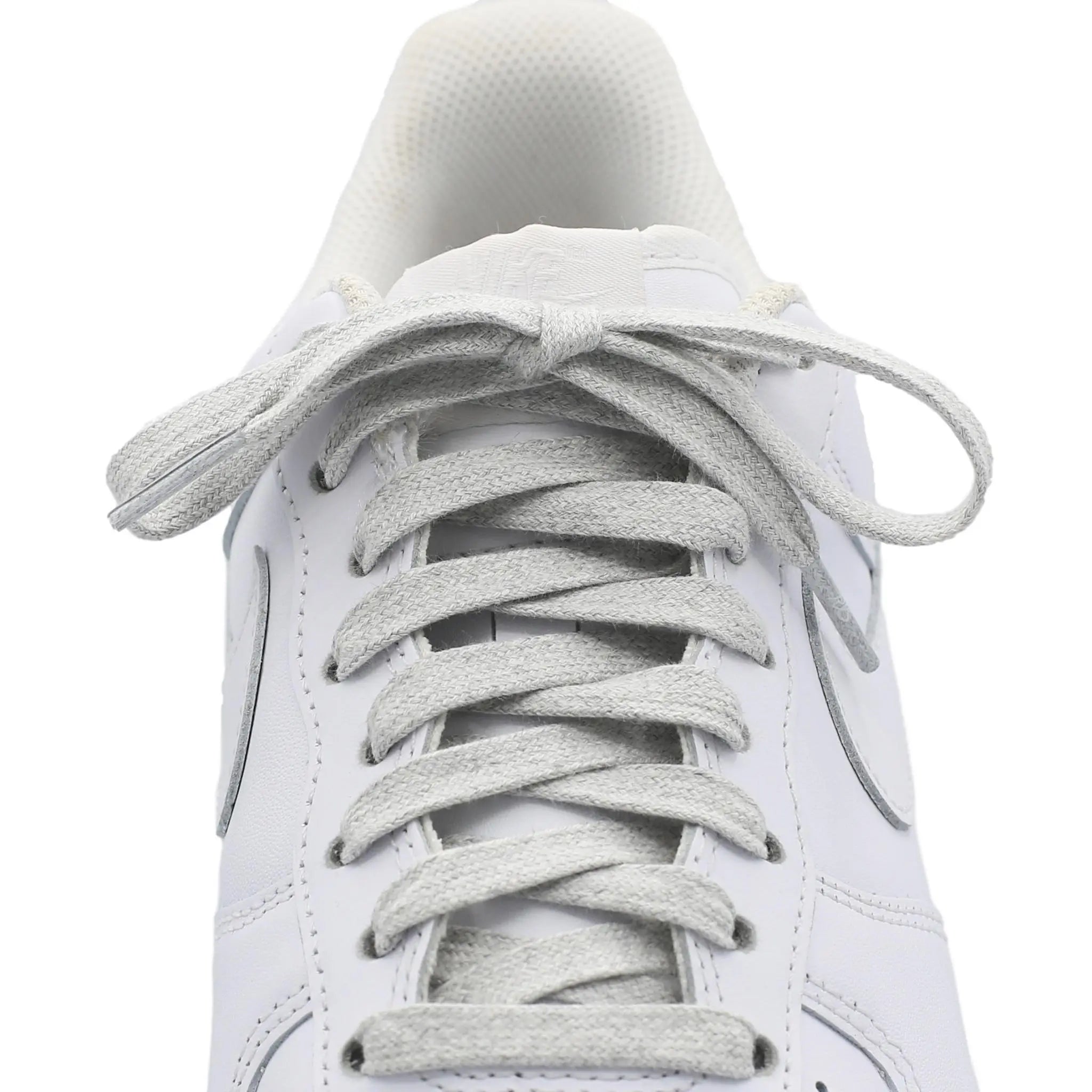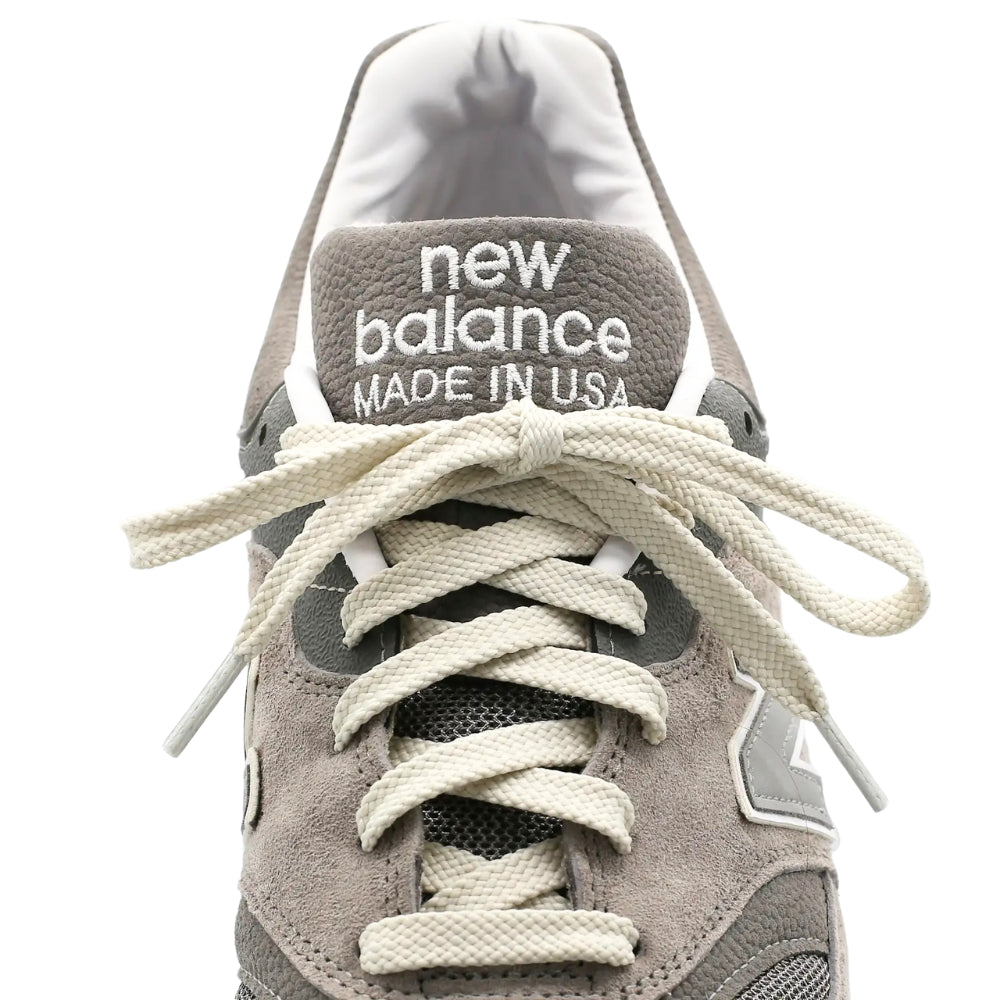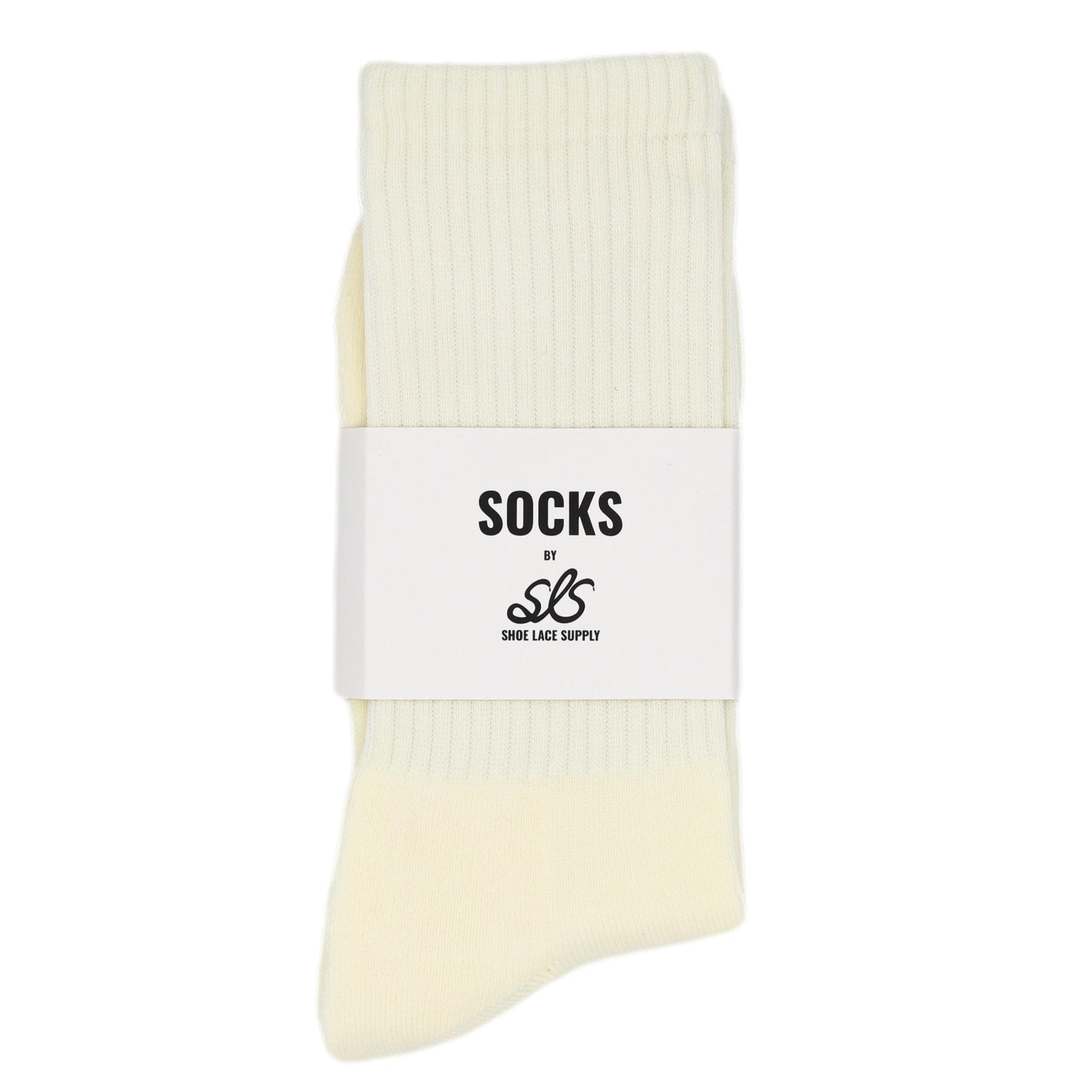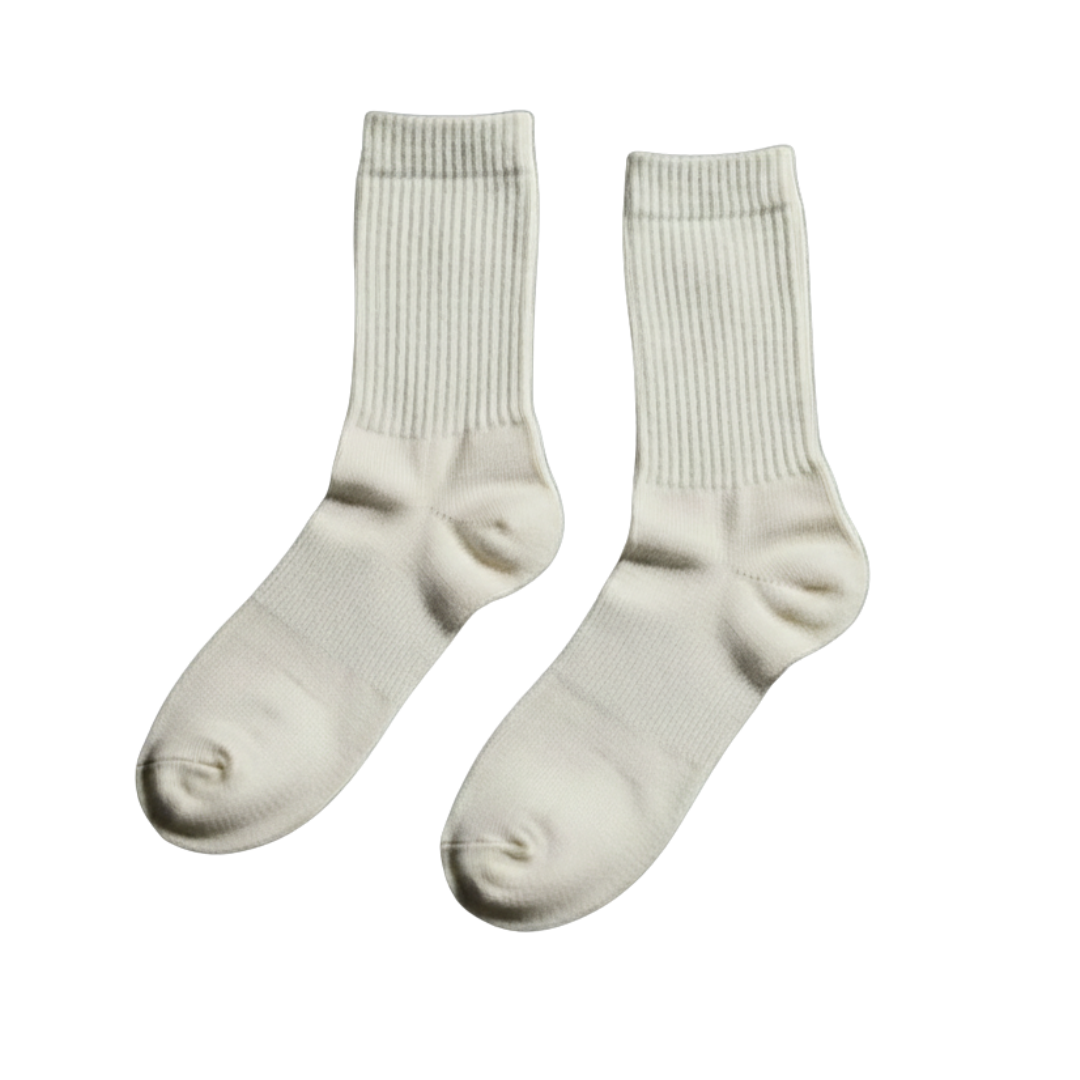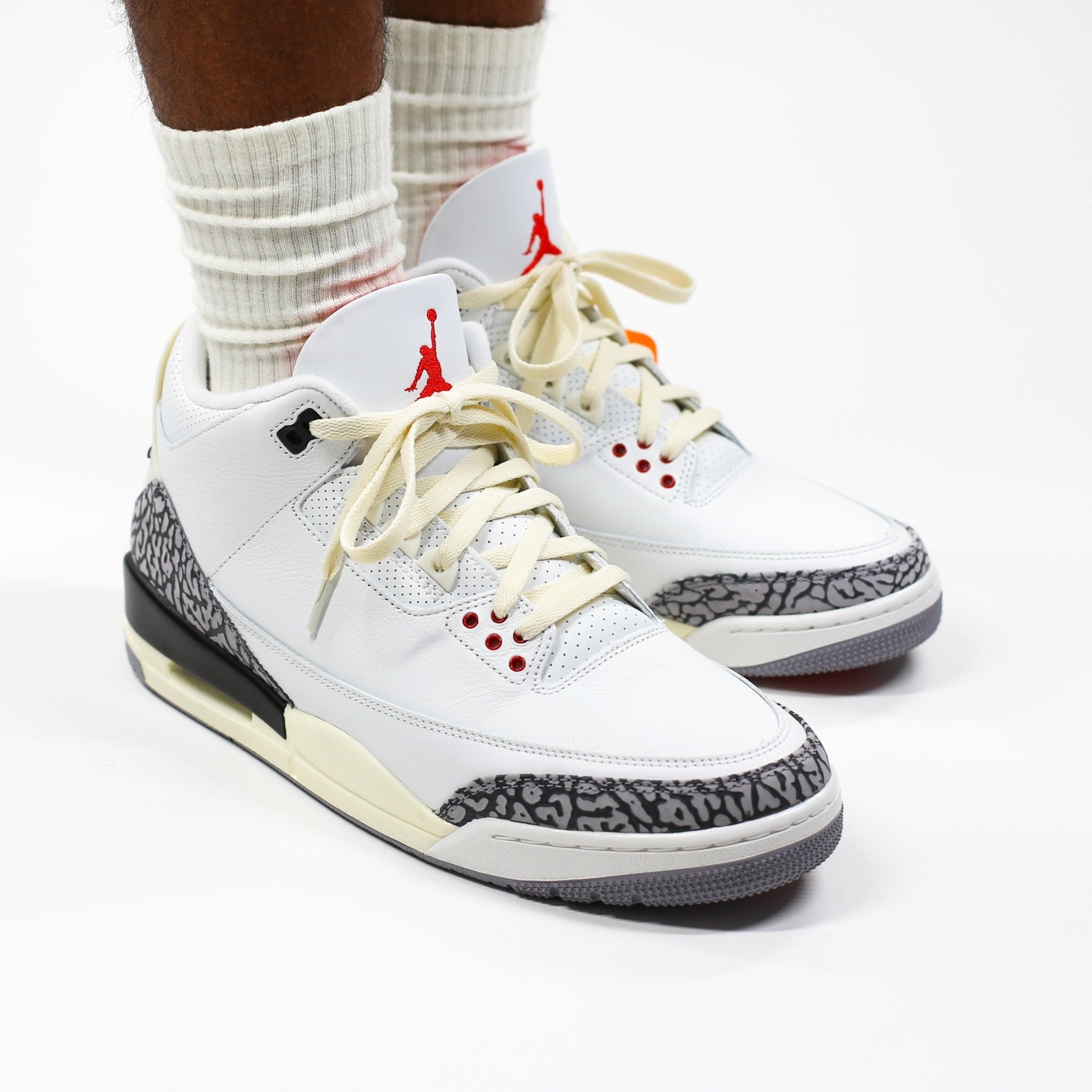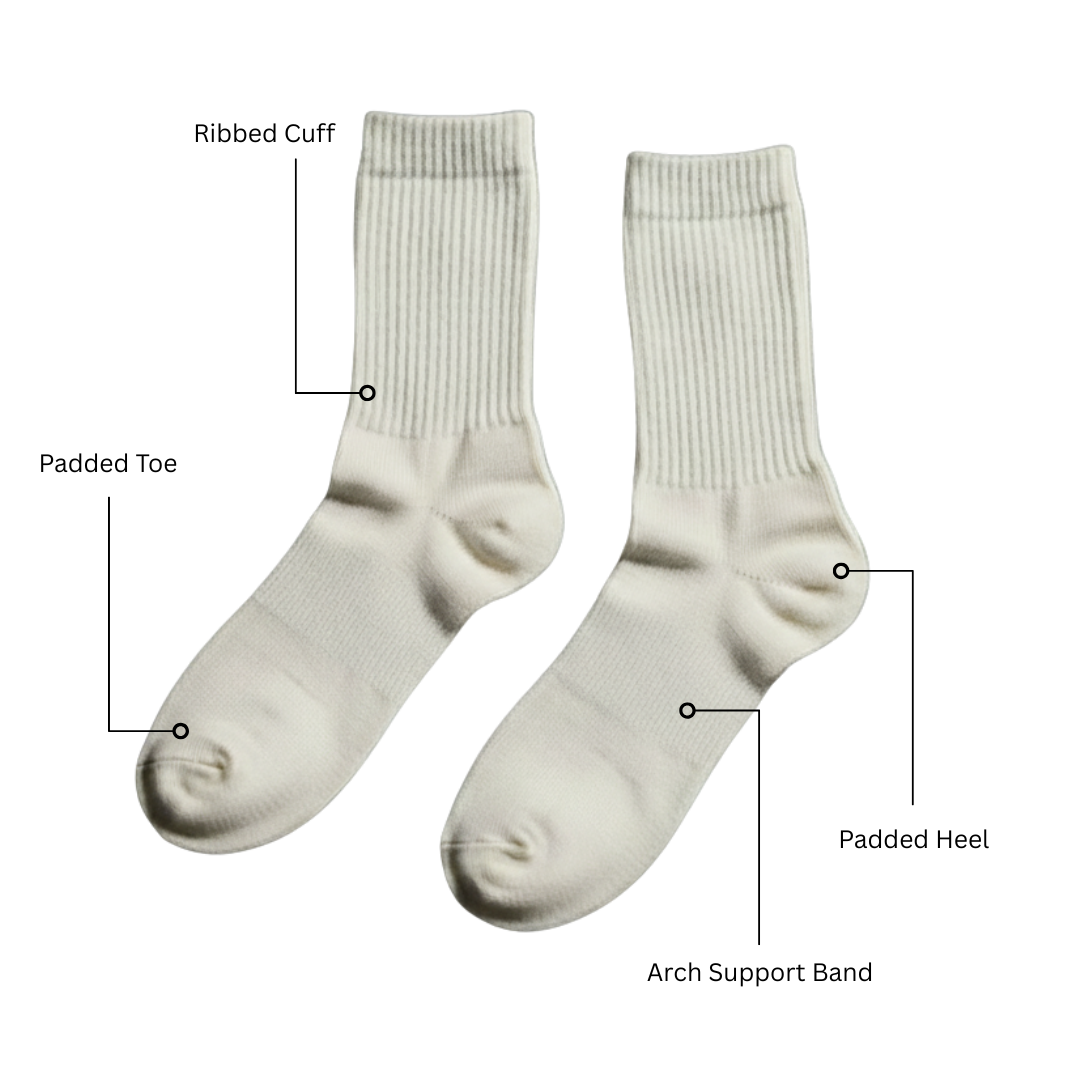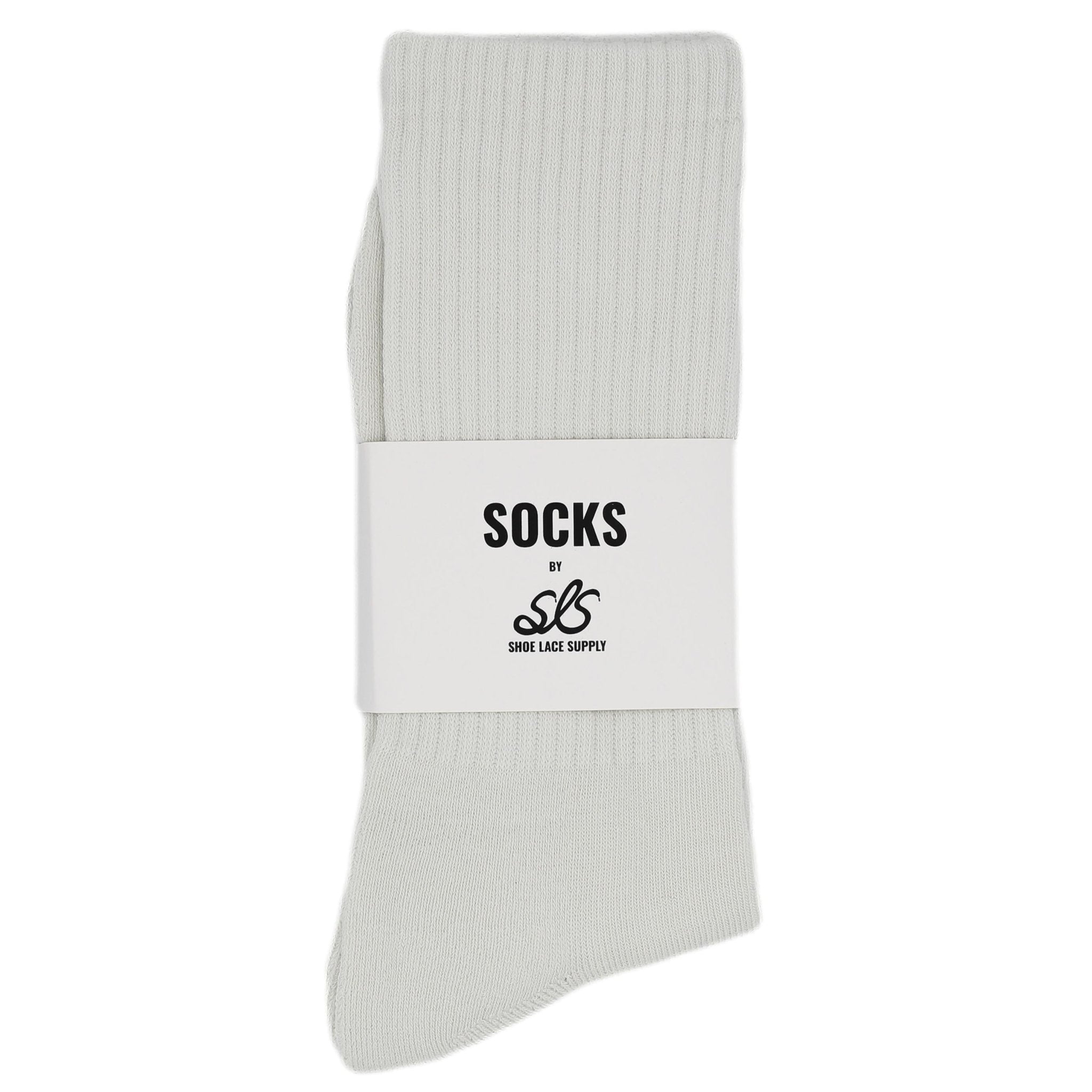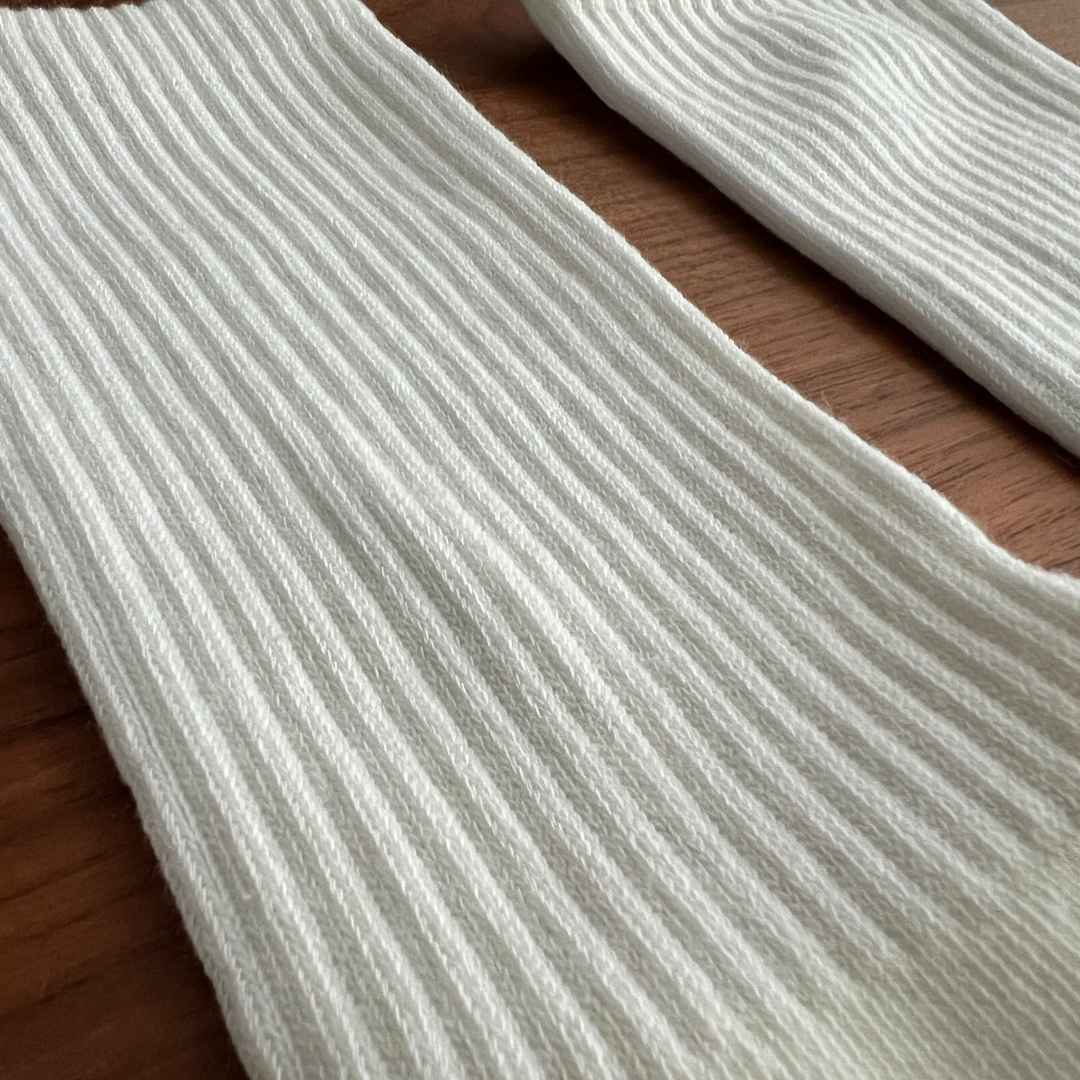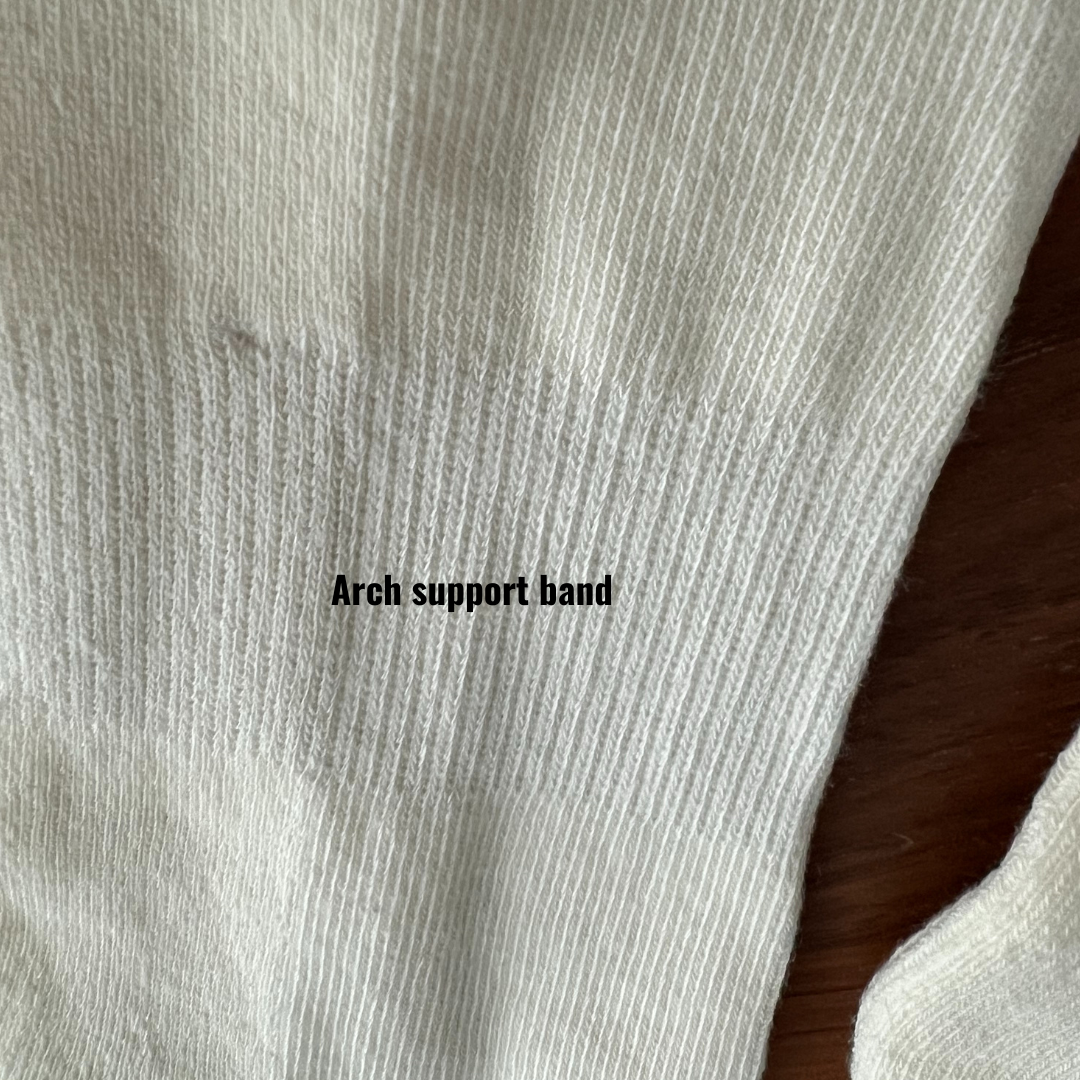Shoelaces might seem like a small detail, but they play a big role in comfort and performance. A recent poll on running forums revealed that 70% of athletes prefer flat laces for activities like hiking and basketball due to their secure fit. But are flat shoe laces truly better for everyday use? Let’s break down their benefits, drawbacks, and ideal use cases to help you decide.
Why Shoelace Design Matters
Shoelaces aren’t just about keeping your shoes on—they affect pressure distribution, adjustability, and even injury risk. Flat laces, round laces, and oval laces each behave differently:
|
Feature |
Flat Laces |
Round Laces |
Oval Laces |
|
Grip |
High (wide surface) |
Low (slippery) |
Moderate |
|
Adjustability |
Less flexible |
Easy to tighten |
Balanced |
|
Durability |
Long-lasting |
Prone to fraying |
Moderate |
|
Knot Security |
Stays tied longer |
Often comes undone |
Reliable |
|
Best For |
Sports, hiking |
Casual wear |
Mixed use |
Benefits of Flat Shoe Laces
1. Better Grip and Lockdown
Flat laces spread tension evenly across your foot, reducing “hot spots” or lace bite. Runners and hikers often praise them for keeping shoes snug during abrupt movements. Their wide surface area grips eyelets firmly, which is why brands like Salomon use them in trail-running shoes.
For those seeking reliable options, Shoelace Supply’s Heavy-Duty Nylon Flat Laces are designed with reinforced webbing to withstand intense activity. They’re a favorite among ultramarathoners for their anti-slip texture and sweat resistance.
2. Durability
Made from materials like waxed cotton or polyester, flat laces resist fraying better than round ones. One Reddit user noted their flat laces lasted 2 years of daily hikes, while round replacements frayed within months.
Shoelace Supply’s Waxed Cotton Flat Laces combine durability with a vintage aesthetic. The wax coating repels water and dirt, making them ideal for outdoor adventures or muddy dog walks.
3. Style Versatility
Flat laces offer a clean, streamlined look. They’re popular in casual sneakers and work boots, where aesthetics matter as much as function.
Check out Shoelace Supply’s Colorfast Polyester Laces for bold, fade-resistant colors that stay vibrant even after repeated washes. These are perfect for sneakerheads looking to customize kicks without sacrificing durability.
Also Read - Flat vs Round Shoelaces: Best Choice for Your Shoes
Drawbacks of Flat Laces
1. Less Adjustable Mid-Activity
Once tied, flat laces are harder to loosen or tighten quickly. Cyclists and triathletes often avoid them for this reason, opting for BOA dials or elastic alternatives.
If you need a hybrid solution, Shoelace Supply’s Elastic Flat Laces offer stretchability while maintaining the wide shape of traditional flat laces. They’re popular with nurses and warehouse workers who need all-day comfort.
2. Not Ideal for All Shoes
Shoes with narrow eyelets (like soccer cleats) work better with round or oval laces. Flat laces can jam or wear out eyelet edges over time.
For shoes with small eyelets, consider Shoelace Supply’s Slim Flat Laces, which are 20% narrower than standard flat laces but retain the same grip and durability.
3. Learning Curve
Tying a secure knot requires practice. Unlike round laces, which slide easily, flat ones need a firm hand to avoid bulky bows.
When to Choose Flat Laces
-
Hiking Boots: Their grip prevents slippage on uneven terrain. Pair them with Shoelace Supply’s Reflective Flat Laces for added visibility during dawn or dusk hikes.
-
Basketball Shoes: Athletes report better lockdown during jumps and cuts. Try the High-Performance Polyester Flat Laces for moisture-wicking during intense games.
-
Retro Sneakers: Flat laces complement classic designs like Adidas Superstars. The Vintage Waxed Cotton Collection adds an authentic 90s vibe.
Avoid them for:
-
Cycling shoes (unless paired with Velcro straps).
-
Shoes with thin or decorative eyelets.
How to Choose the Right Flat Lace Length
|
Shoe Type |
Recommended Length |
|
Low-top sneakers |
27–36 inches |
|
High-top sneakers |
45–54 inches |
|
Work boots |
54–63 inches |
|
Kids’ shoes |
18–27 inches |
Shoelace Supply offers custom length flat laces, so you can trim them to fit perfectly without frayed ends.
Real-World User Insights
A survey of 500 Shoelace Supply customers found:
-
82% reported fewer lace-related adjustments during workouts after switching to flat laces.
-
67% preferred flat laces for their “no-slip” feel in wet conditions.
-
45% bought flat laces purely for style upgrades.
Flat shoe laces aren’t a one-size-fits-all solution, but their grip and durability make them a top choice for active use. Whether you’re tackling trails or perfecting your sneaker game, they’re worth trying—just keep a spare pair of round laces for days when easy adjustability matters most. For a wide range of colors, materials, and lengths, explore Shoelace Supply’s flat laces collection to find your perfect match.
Also Read - Shoe Lace Styling Tips and Trends 2025
FAQs
1. Are flat shoe laces better?
It depends. They excel in sports and outdoor activities but may be less practical for casual wear.
2. What’s the difference between flat and oval laces?
-
Flat: Wide, grippy, less adjustable.
-
Oval: Rounded edges, easier to tie, moderate grip.
3. How do flat laces affect shoe fit?
They distribute pressure evenly, reducing foot fatigue during long walks or runs.
4. Which shoe styles work best with flat laces?
-
Hiking boots
-
Basketball sneakers
-
Leather work boots
5. Do flat laces stay tied longer than round ones?
Yes. Their textured surface creates friction, making knots more secure.
6. Can I use flat laces for dress shoes?
Yes! Shoelace Supply’s Satin Finish Flat Laces add a polished look to oxfords and loafers.
7. How do I clean flat shoelaces?
Hand-wash them with mild soap or toss them in a laundry bag. Avoid bleach to preserve colors.

